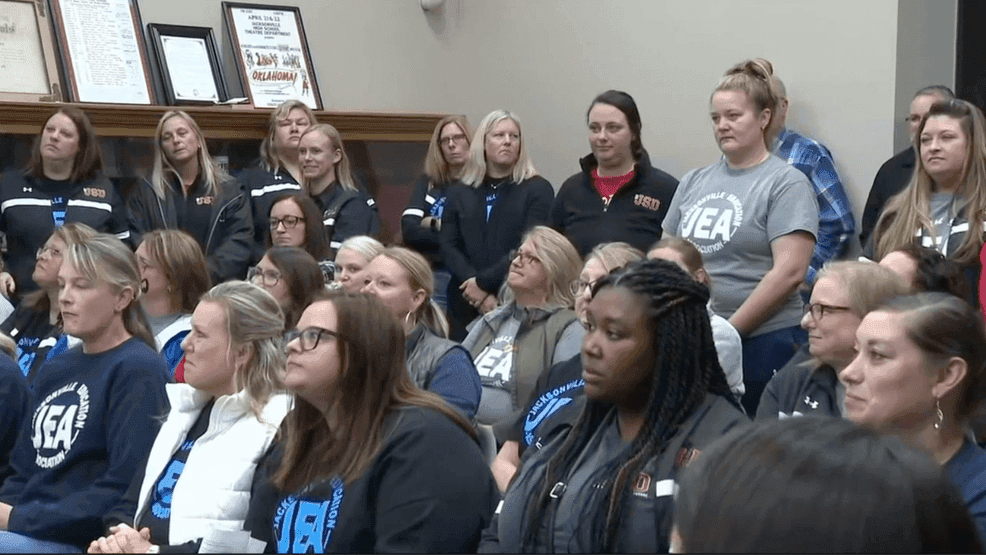Morgan County ELA Scores Rise Significantly, Still Lag Behind Top Counties
Illinois State Board of Education data released November 17, 2025 show 31.3 percent of Morgan County students met or exceeded expectations on the ELA portion of the Illinois Assessment of Readiness for the 2023-24 school year, a 30.7 percent increase from the prior year. The results matter to parents, educators and policy makers because they reveal both progress and persistent regional disparities in academic readiness that affect long term opportunity and community wellbeing.

On November 17, 2025 the Illinois State Board of Education published county level results for the 2023-24 Illinois Assessment of Readiness, reporting that 31.3 percent of Morgan County students met or exceeded expectations on the English language arts portion of the exam. That figure represents a 30.7 percent increase from the previous year, a notable single year gain that district leaders and families will want to build on.
The state release included county by county comparisons showing wide variation across Illinois. Woodford County posted the highest success rate on the ELA portion at 60.7 percent, while counties such as Alexander recorded dramatically lower results. The state data also include the number of students tested, enabling local leaders to examine participation and subgroup performance as they plan interventions and supports.
For Morgan County the upward swing in proficiency suggests that classroom practice, tutoring programs or other district initiatives may be producing measurable benefits. At the same time the county remains well below the highest performing counties in the region, signaling that progress does not yet close longstanding gaps in academic opportunity. These differences matter not only for school accountability, but for students potential to graduate ready for college and career pathways that affect lifetime earnings and health outcomes.
Educational performance is closely tied to broader community conditions. Children who experience food insecurity, unstable housing, lack of access to health care and limited early childhood education face added barriers to literacy and learning. The variation in county results across Illinois underscores inequities in resources, funding, and access to qualified teachers, as well as differences in social supports that shape readiness for school.
Local impact will be felt in classrooms and in budget discussions. Parents will look for targeted reading supports, summer and after school programs, and assessments that identify students who need help catching up. Educators and district leaders may direct federal and state grant dollars toward early literacy initiatives, professional development for reading instruction, and expanded social services partnerships. Elected officials at the county and state level will face pressure to address funding formulas and resource distribution so that gains in counties like Morgan can accelerate and spread.
State data provide a snapshot but not a full explanation. Close examination of subgroup performance, chronic absenteeism rates and participation numbers will be essential to craft equitable strategies. For Morgan County residents the recent increase offers cause for cautious optimism, while the persistent gap with top performing counties highlights the work ahead to ensure every child has the supports needed to read and thrive.


